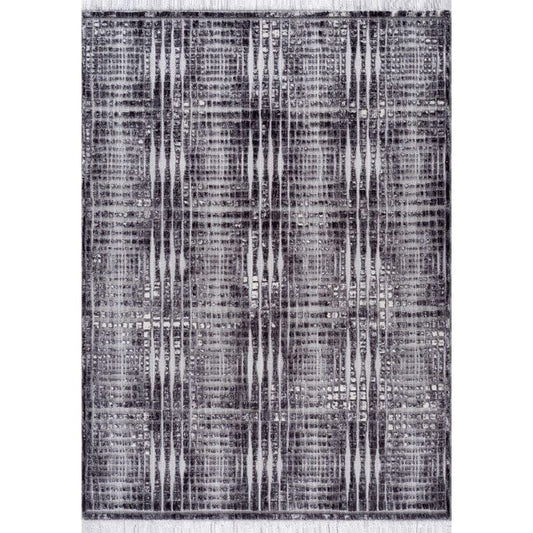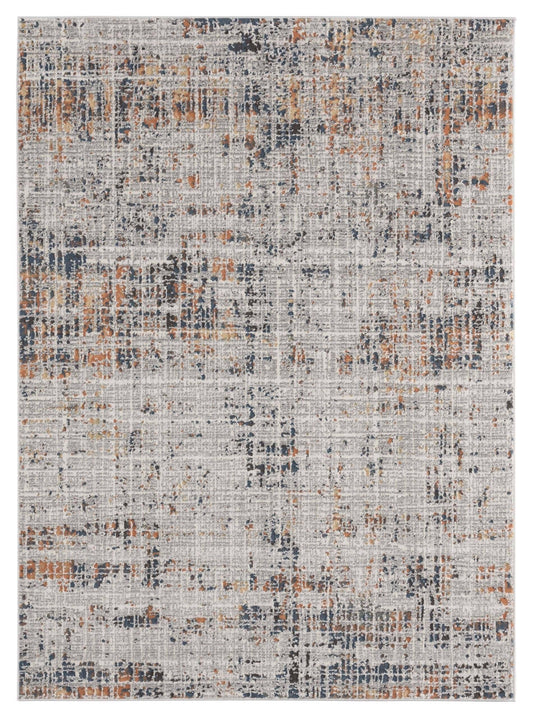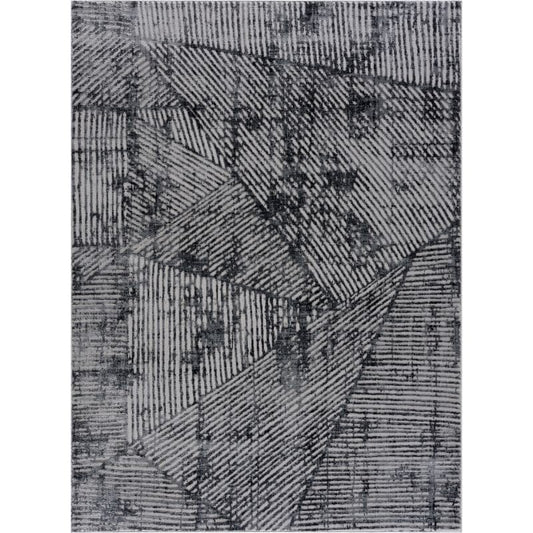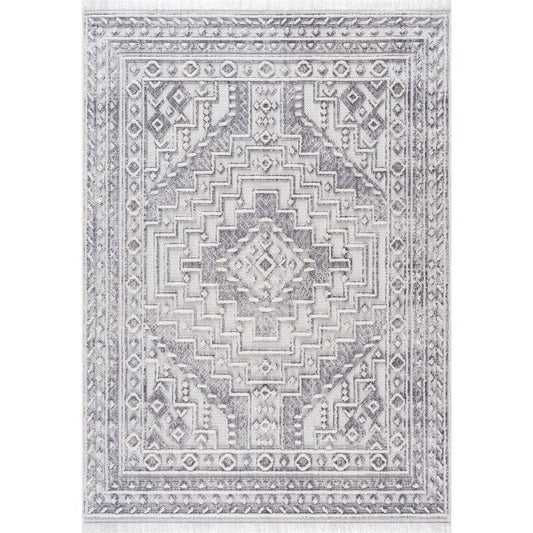Persian rugs are super fancy and valuable carpets that people love. They're famous for their beautiful designs and awesome colors. These Area rugs aren't just regular carpets - they're like precious pieces of art that have been made in Iran for hundreds of years. What makes them so special is not just how they look, but also how they're made.
Persian rug-making is an ancient tradition that involves lots of careful work and special skills. So, when we talk about why Persian rugs cost so much and are so highly valued, we're talking about a mix of history, culture, and amazing craftsmanship. Let's explore why they're considered such treasures!
Why Are Persian Rugs So Expensive
Persian rugs are expensive due to their meticulous handcrafting, top-quality materials, and intricate designs. Let's explore why they are so expensive but valuable.
Rug Weaving Is a Time-Consuming Art
Making rugs takes a lot of time. Each Persian rug is made by hand, which means people spend a long time carefully weaving every thread together. Skilled workers create beautiful patterns and designs by hand, which makes Persian rugs special. Because it takes so much time and effort to make them, Persian rugs can be quite expensive.
Excellence in Material Selection:
When making Persian rugs, picking the right materials is super important. They use top-notch stuff to ensure quality.
Luxurious Silk Varieties:
Some Persian rugs are made with silk, which is a super fancy material. It gives the rug a smooth and shiny look that's classy.
The Elegance of Qum Silk:
Qum silk is one of the fanciest types of silk used in Persian rugs. It's known for its fine texture and beautiful sheen, adding an extra touch of elegance to the rug.
Exquisite Blends in Silk Rugs:
Sometimes, Persian rugs use a mix of silk and other materials. This blend creates a unique texture and adds to the richness of the rug.
Premium Wool Quality:
Other Persian rugs are made with wool, which is a soft and durable material. They use the best quality wool to ensure the rug feels nice and lasts a long time.
The Wool and Cotton Fusion:
In some rugs, they combine wool with cotton. This fusion balances softness with strength, creating a comfy yet sturdy rug.
Age and Its Impact:
The age of a Persian rug holds significant importance, influencing both its value and condition. Let's explore how the passage of time affects these intricate works of art.
- Historical Value: Older Persian rugs are often more valuable due to their connection to history and tradition. These rugs may have been passed down through generations, carrying with them stories of the past and cultural significance.
- Unique Patina: Over time, rugs develop a distinctive patina as a result of exposure to light, air, and use. This patina enhances the richness of colors and depth of patterns, giving the rug a unique and timeless aesthetic.
- Character and Charm: Natural aging adds character to the rug, imbuing it with a sense of authenticity and charm that cannot be replicated in newer pieces. Imperfections acquired over the years tell a story of the rug's journey and use, making it more appealing to collectors and enthusiasts.
- Signs of Wear: Despite their beauty, older rugs may show signs of wear and tear, such as fraying edges, worn-out piles, or faded colors. These signs are a testament to the rug's history and use, but they can also detract from its overall appearance and value if not properly addressed.
- Maintenance Challenges: Without proper care and maintenance, older rugs are susceptible to damage caused by insects, moisture, or improper storage conditions. Preservation efforts are crucial to ensuring the longevity of these precious pieces and retaining their beauty for future generations to enjoy.
- Testament to Craftsmanship: The age of the Persian rug reflects not only its historical significance but also the skill and craftsmanship of its makers. Each year that passes adds to the rug's story, highlighting the dedication and expertise that went into its creation.
Expertise in Knotting Techniques:
Making Persian rugs requires a lot of skill. The people who make them are experts at tying knots to create intricate patterns. It's a tricky job that takes years to master.
Distinctiveness in Design:
Persian rugs are known for their beautiful and unique designs. Each rug has its own special pattern and colors, making it one-of-a-kind. These designs reflect the rich culture and history of the region where the rug was made.
Distinguished by their City or Region of Origin:
Persian rugs are named after the city or region where they're made. Each place has its style and tradition, which makes their rugs different from each other. For example, a rug from Tabriz might look different from one made in Isfahan.
The Appreciating Asset: Persian Rugs as Investments:
Persian rugs can be a good investment. They often increase in value over time, especially if they're well-made and taken care of. Some people buy them not just for decoration but also as a way to invest their money.
Are Persian rugs worth anything?
Persian rugs are worth something! They're not just ordinary carpets; they're like valuable pieces of art. People spend a lot of money on them because they're special and unique.
Check out Best Persian Rugs in Rug Gallery
Discover the most beautiful Persian rugs at Rug Gallery! Come and see amazing carpets with stunning designs and colors. Find the perfect one for your home. Visit the Rug Gallery today!
- Kashan: Known for its intricate floral patterns and rich colors, the Kashan rug is a classic favorite among Persian rug enthusiasts. It's made in the city of Kashan, famous for its centuries-old tradition of rug weaving.
- Isfahan: Isfahan rugs are really popular because they're made so well and look really nice. People who collect rugs and people who decorate rooms both really like them. These rugs have special patterns in the middle and are made with silk, which makes them feel extra fancy. They make any room look more luxurious and beautiful.
- Tabriz: Tabriz rugs are renowned for their versatility and timeless appeal. They feature a wide range of designs, from traditional to modern, and are known for their exceptional quality and durability. These rugs are handcrafted in the city of Tabriz, a hub of rug weaving in Iran.
These special Persian rugs are not just beautiful decorations—they're treasures that bring warmth, history, and culture into any home.
Conclusion:
Persian rugs are not just floor coverings; they're intricate works of art that embody centuries of tradition, craftsmanship, and cultural heritage. Their value lies not only in their beauty but also in their ability to tell stories and evoke emotions. Investing in a Persian rug is not just acquiring a piece of decor; it's owning a piece of history. Whether you're considering the charming 2x3 rug, the versatile 3x5 rug, the classic 4x6 rug, the spacious 5x8 rug, the cozy 6x9 rug, the statement 7x10 rug, the expansive 8x10 rug, the grand 9x12 rug, the impressive 10x13 rug, the majestic 10x14 rug, or the luxurious 12x15 rug, Persian rugs are available in various sizes to suit every room and style.















